Building Green, Building Smart
Look, we're not gonna lie - we've been obsessed with sustainable design since way before it was cool. Every project we touch gets the full green treatment because honestly, there's no other way to build anymore.
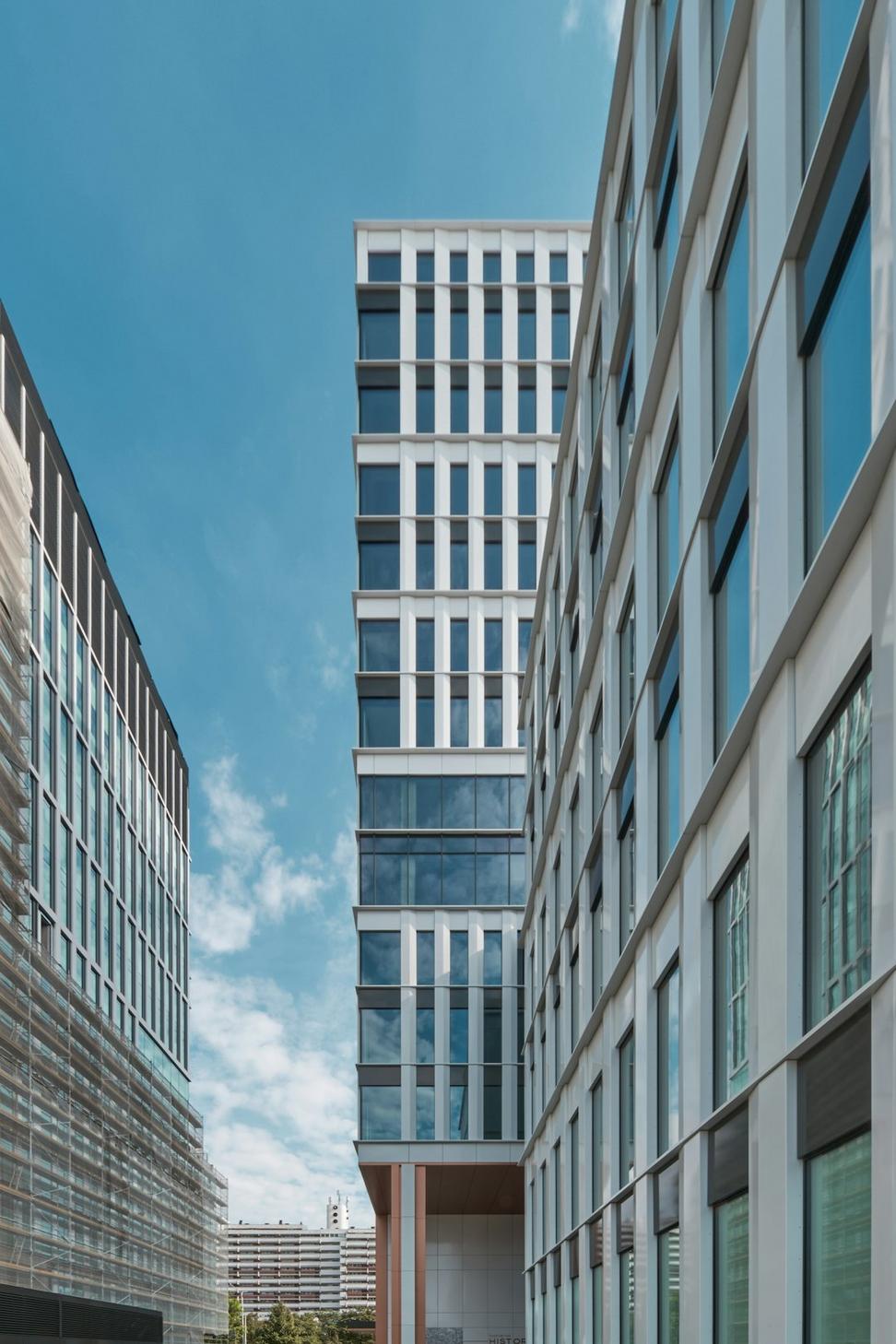
Look, we're not gonna lie - we've been obsessed with sustainable design since way before it was cool. Every project we touch gets the full green treatment because honestly, there's no other way to build anymore.

Real numbers from real projects. We track everything because what gets measured gets improved, right?
Average Water Use Reduction
Energy Efficiency Gains
Tonnes CO2 Offset Annually
Construction Waste Diverted
27 projects certified since 2018
Certified since 2019
3 projects in progress
Health-focused design certified
We've spent years vetting suppliers and testing materials. Here's what made the cut for our go-to sustainable palette.
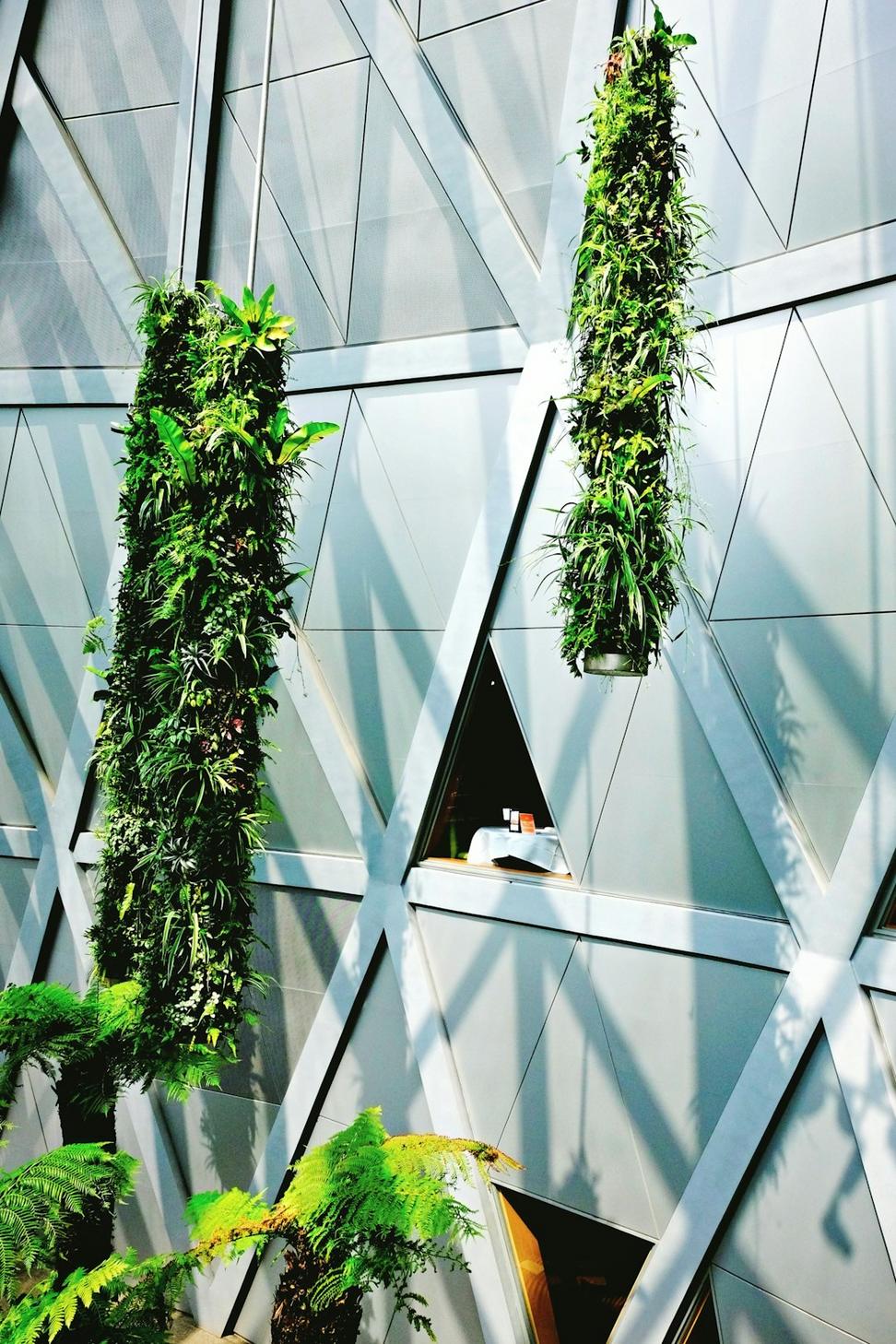
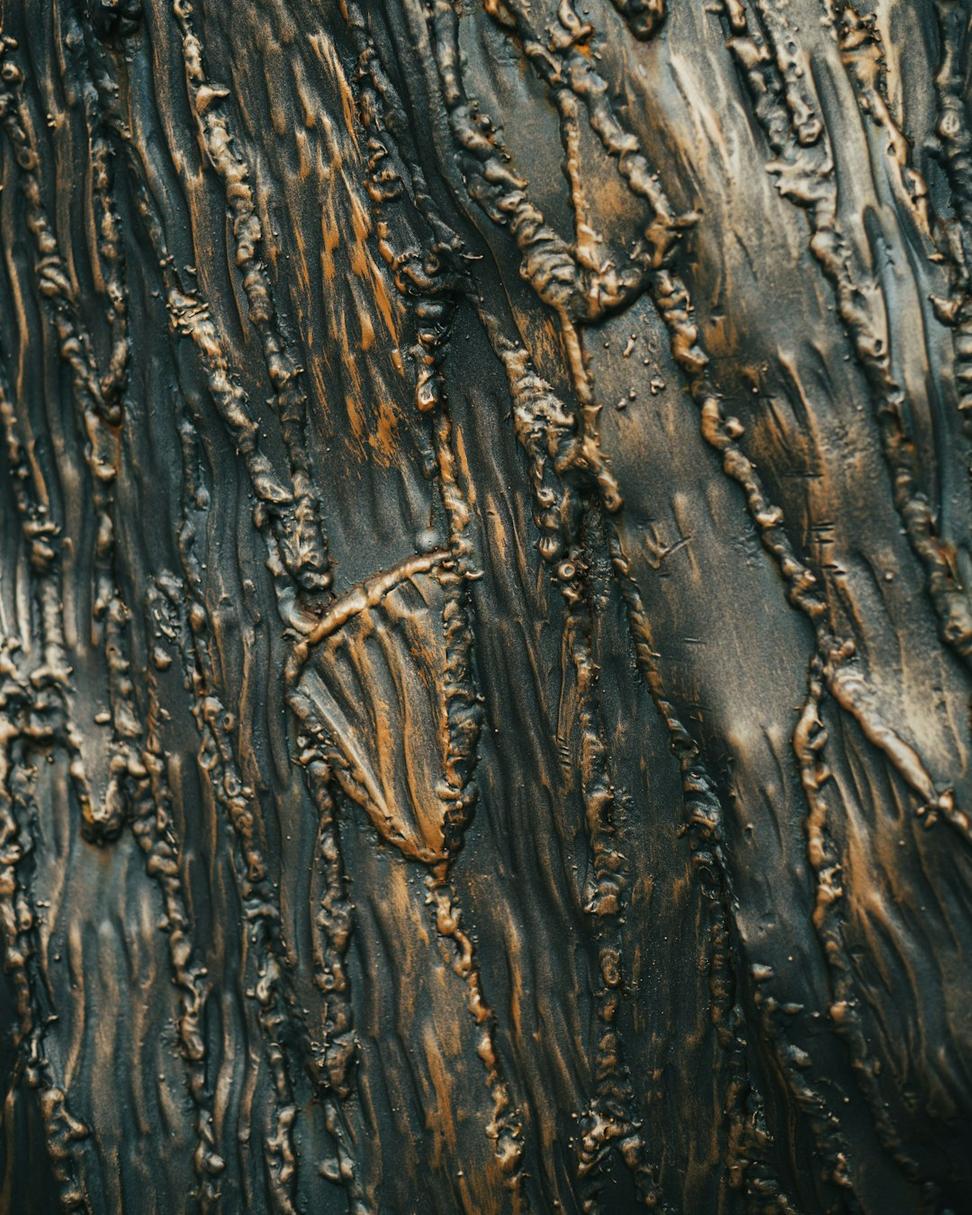
We source from old barns, factories, and decommissioned structures. Each piece tells a story and keeps perfectly good timber out of landfills.
Carbon NegativeCLT is basically plywood on steroids. Strong as steel, lighter than concrete, and sequesters carbon for the building's lifetime. Game changer.
Low Embodied Carbon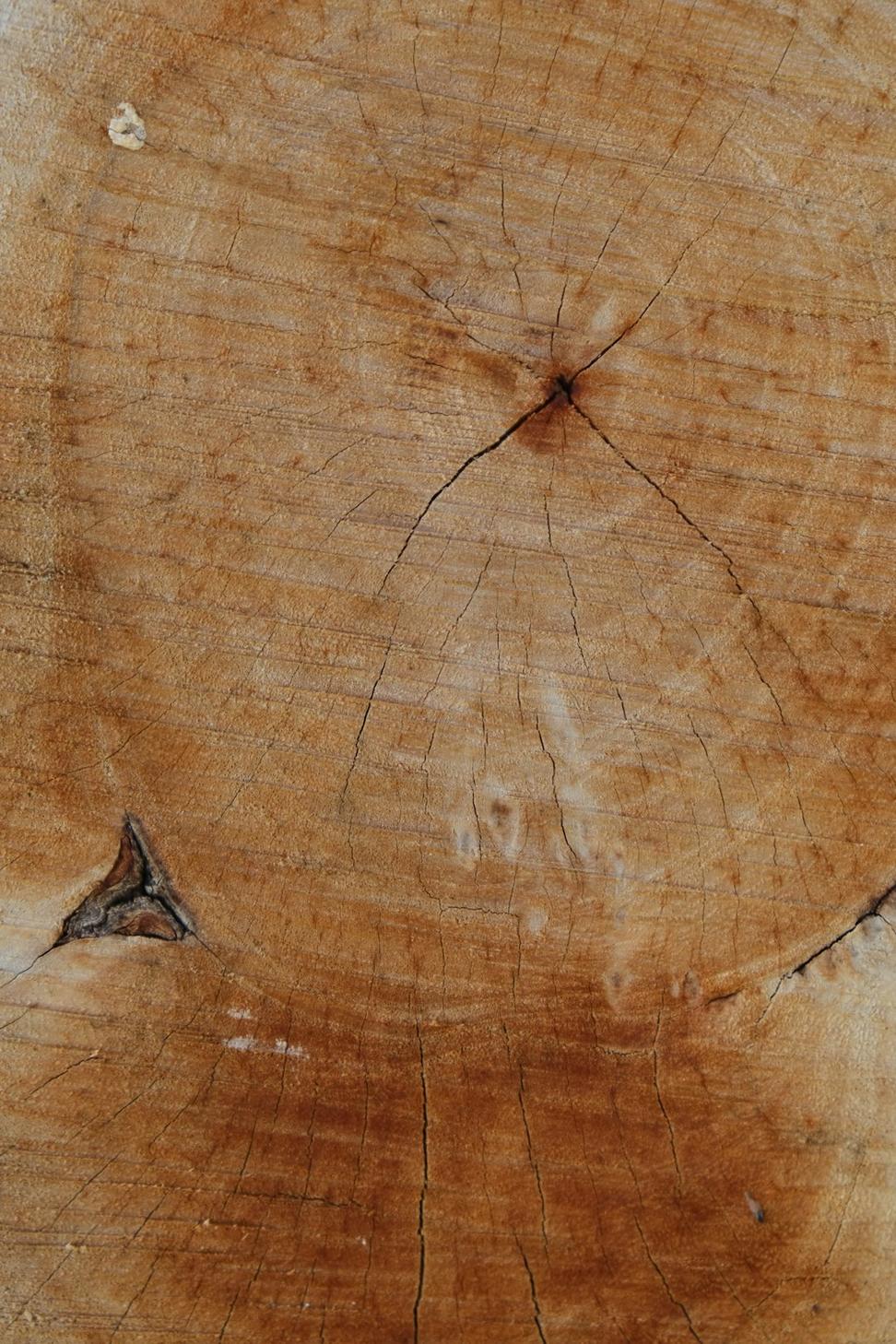
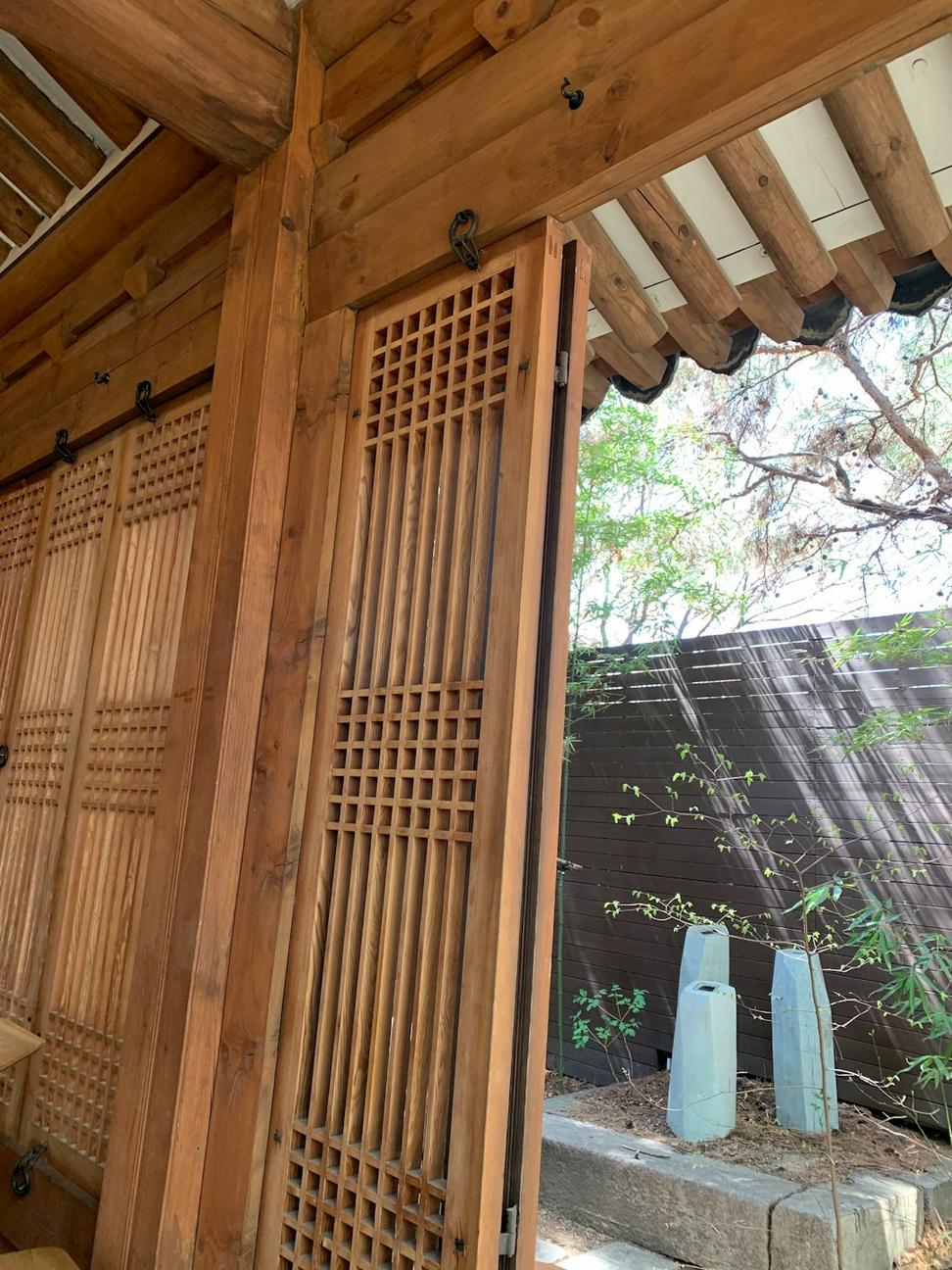
This stuff grows back in like 3-5 years. We're using it for everything from flooring to structural elements. Plus it looks incredible.
Rapidly RenewableMetal recycling uses way less energy than virgin production. We spec recycled content wherever possible - usually 70% or higher.
95% Less Energy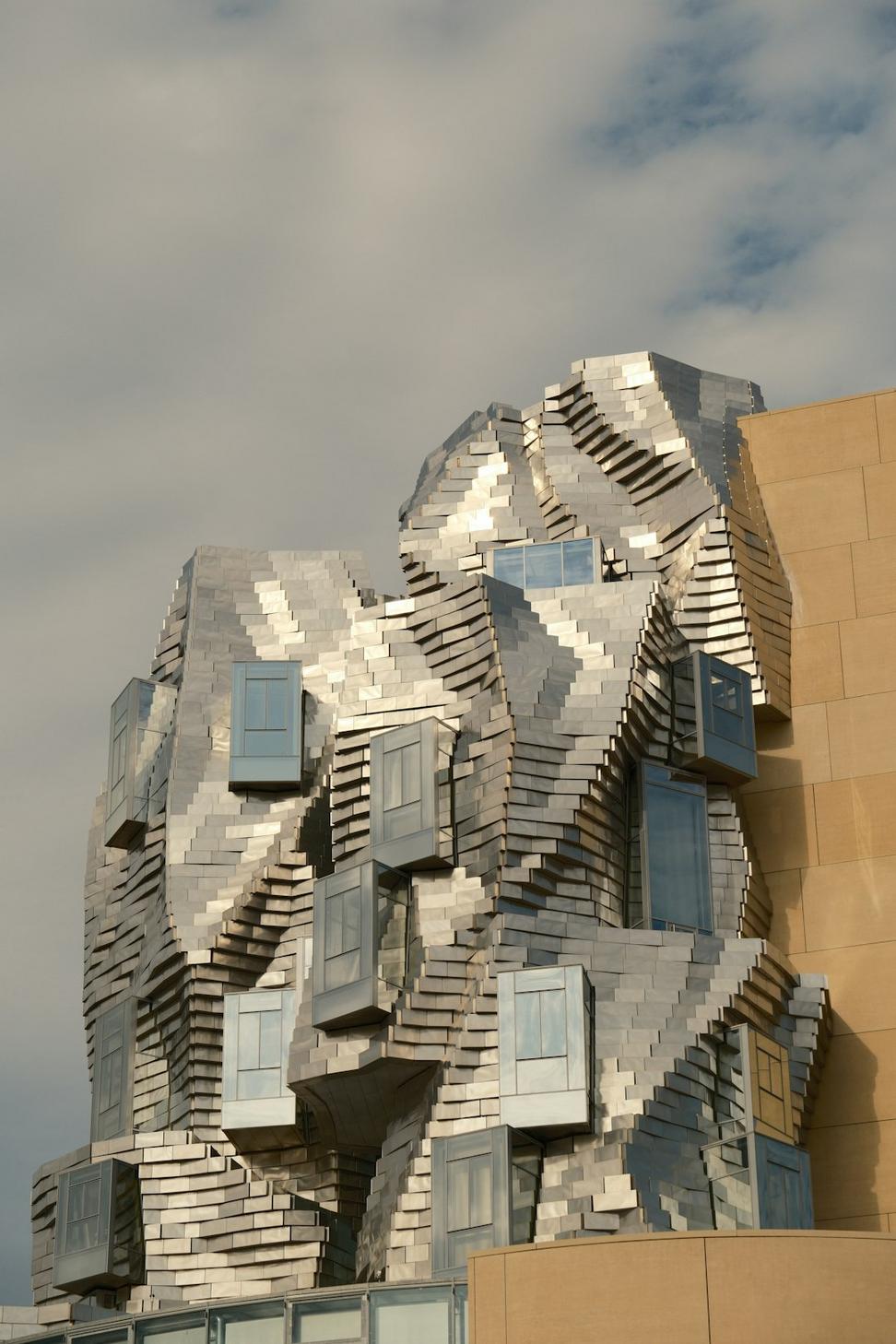
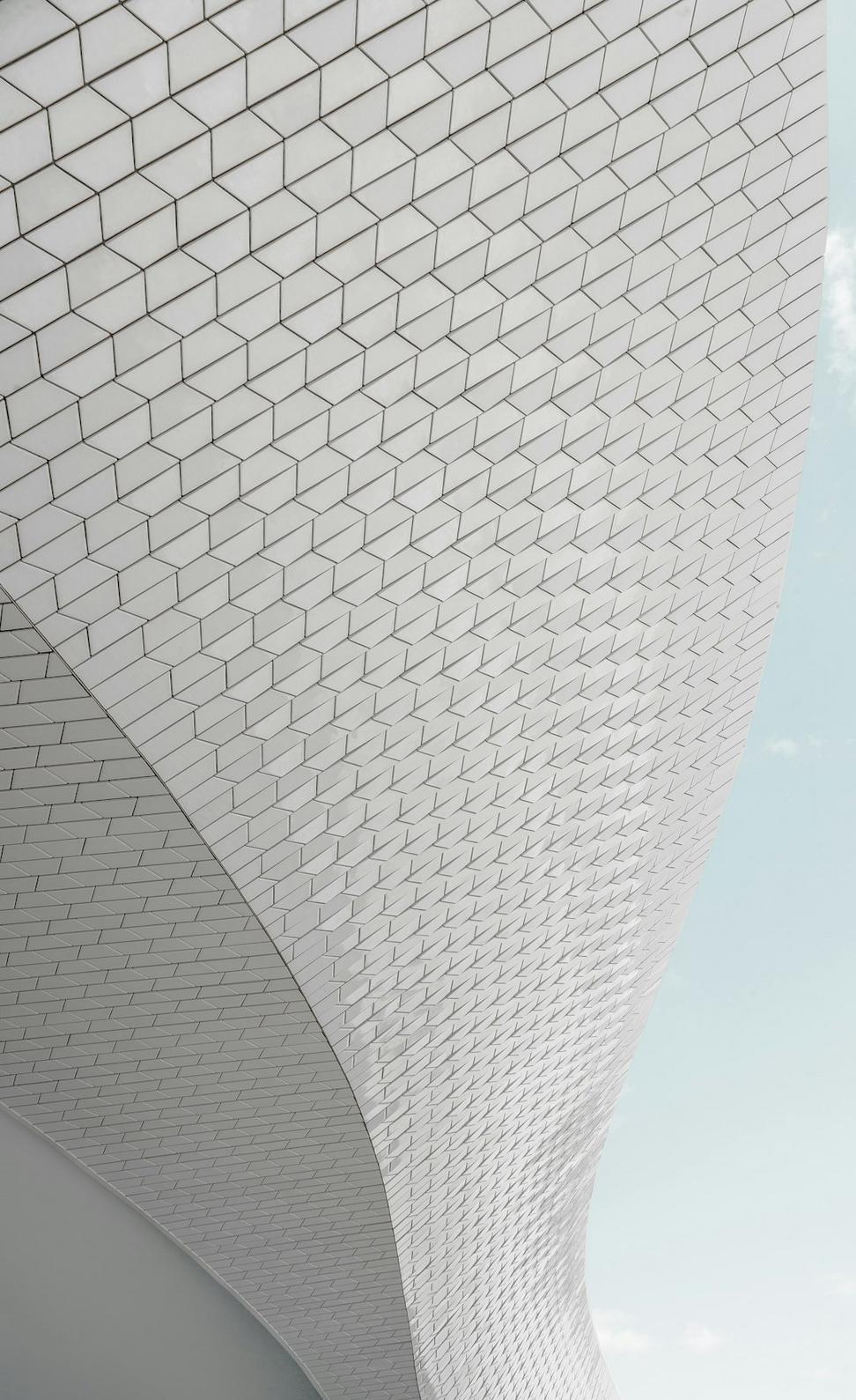
Yeah, it's made from hemp. Super insulating, breathable, pest-resistant, and actually absorbs CO2 as it cures. Mind-blowing stuff.
Carbon SequesteringTraditional paints and sealers are basically chemical soup. We only use zero or low-VOC products that don't off-gas nasty stuff into your space.
Healthy Interiors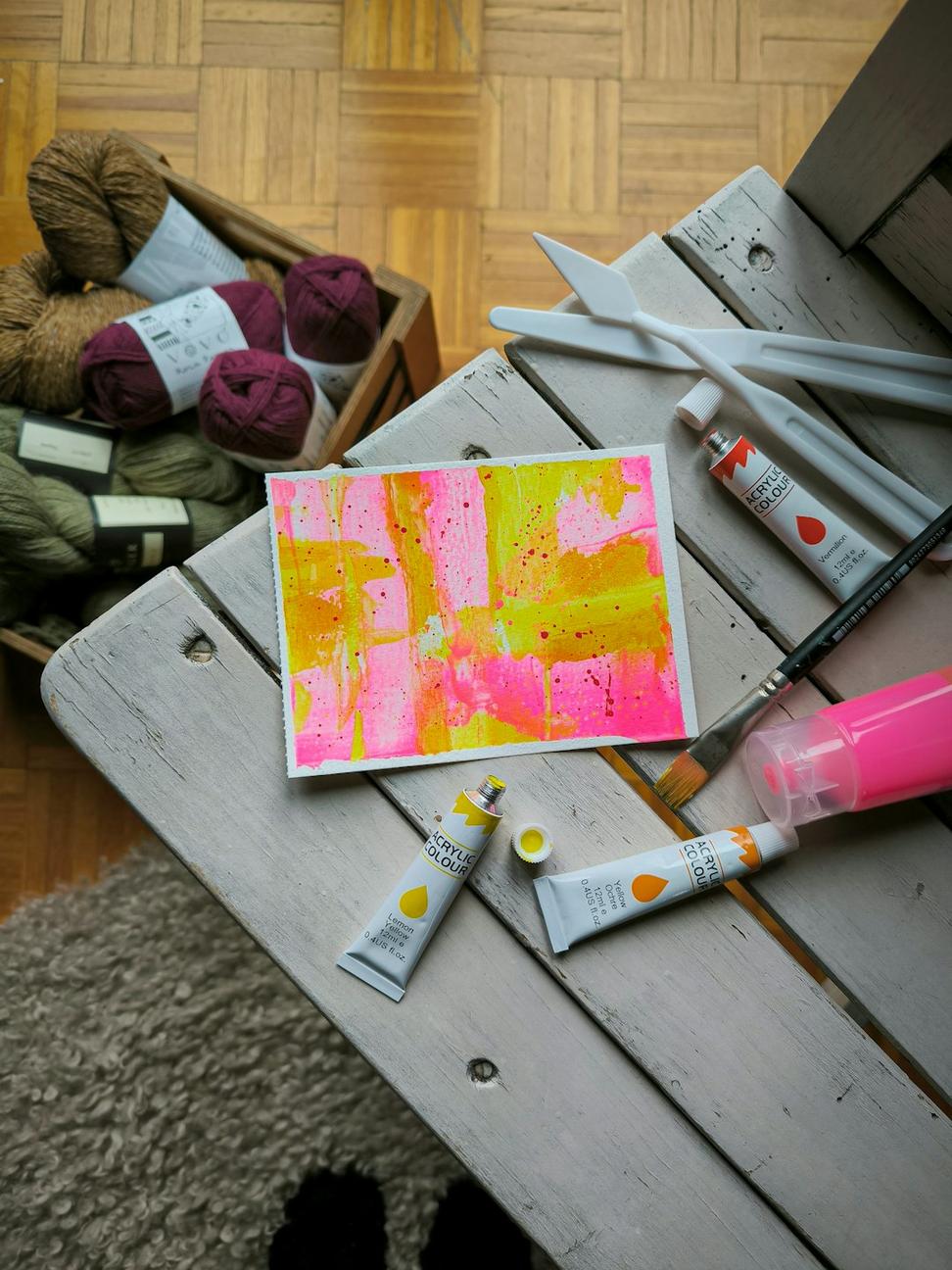
The best energy is the energy you don't use. But when you do need it, here's how we make it clean.
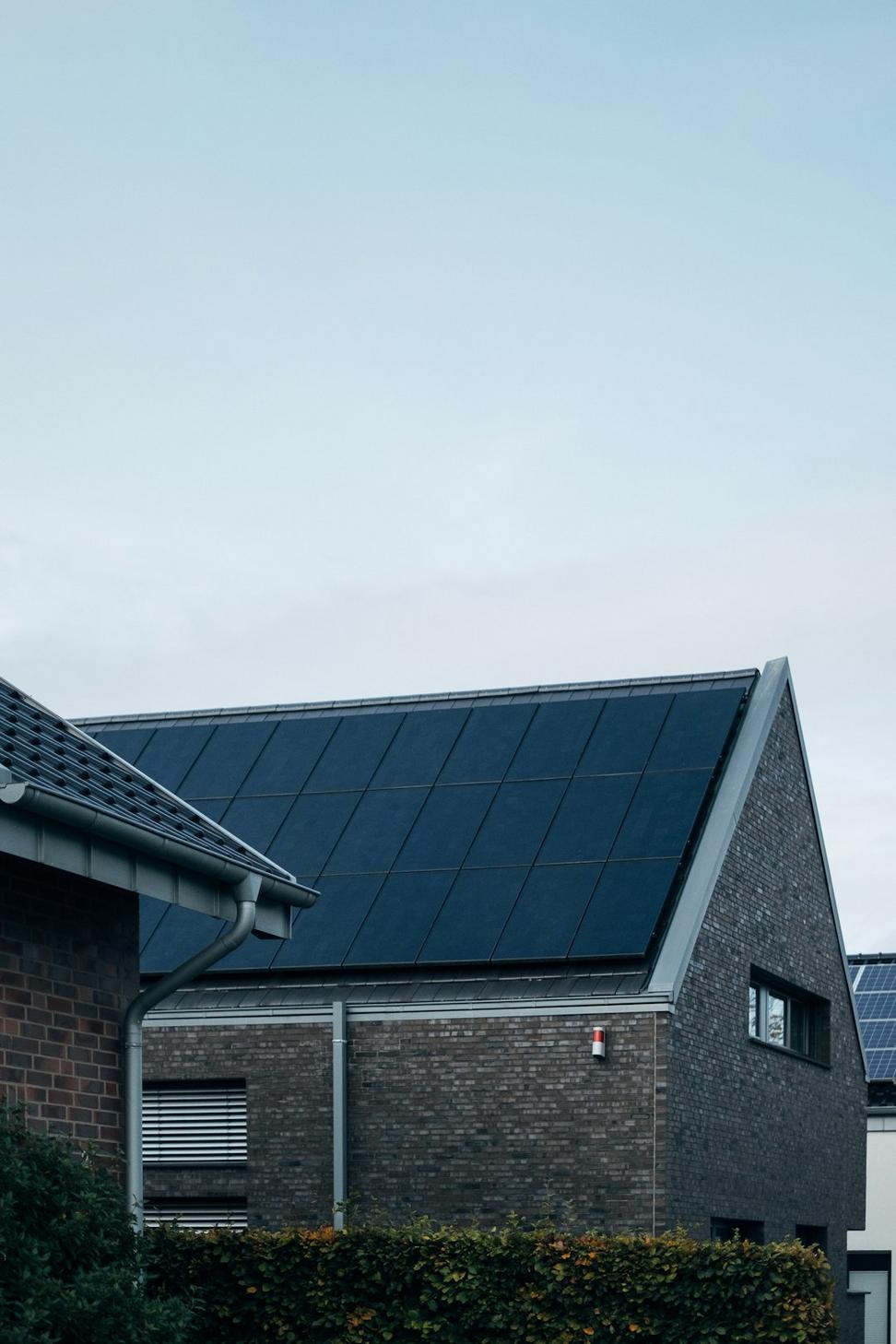
Rooftop arrays, building-integrated PV, solar hot water - we design it in from day one, not as an afterthought. Most of our projects hit 60-80% solar coverage.
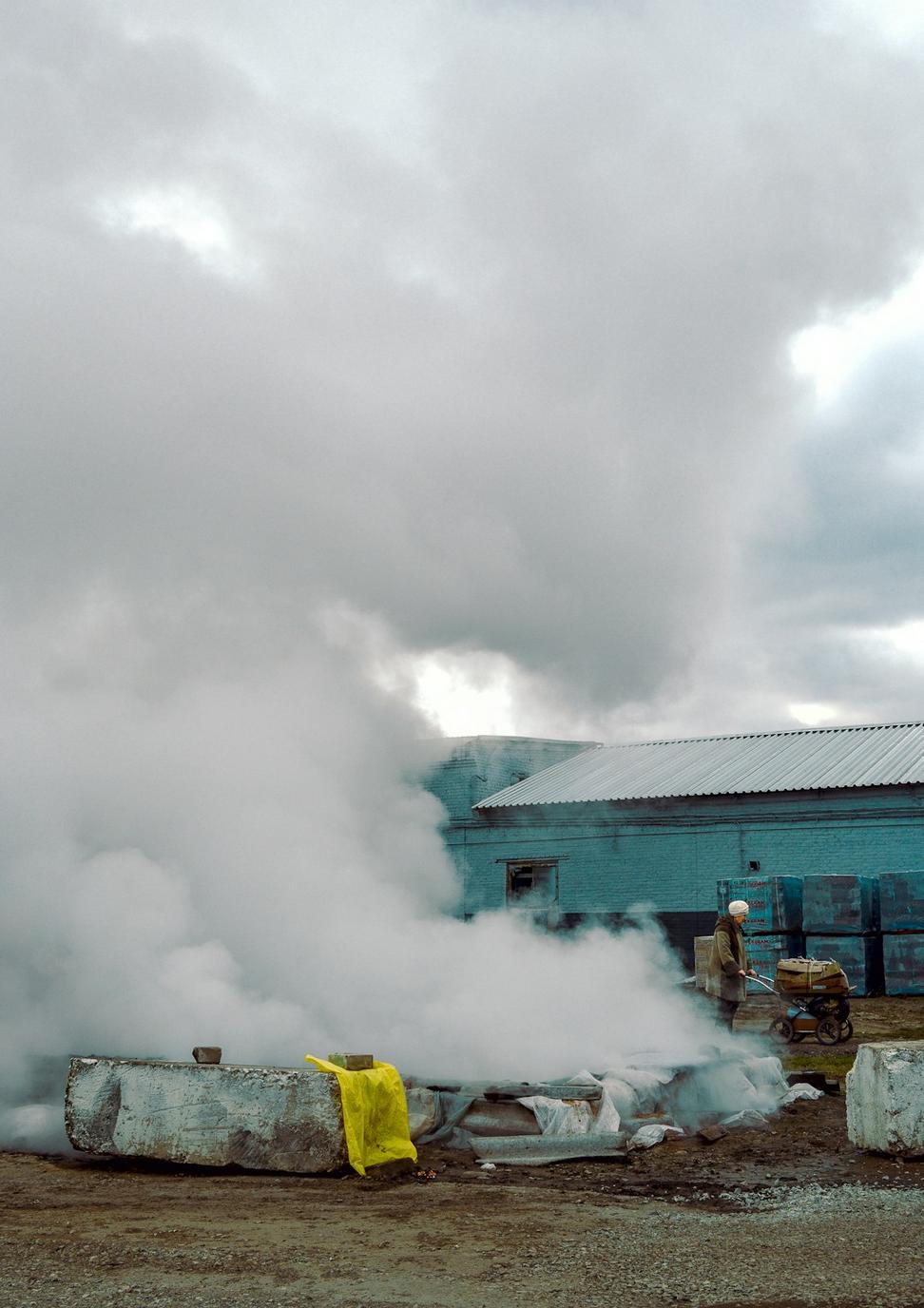
Ground-source heat pumps are crazy efficient. The earth maintains a constant temp year-round, which means free heating and cooling with like 400% efficiency.
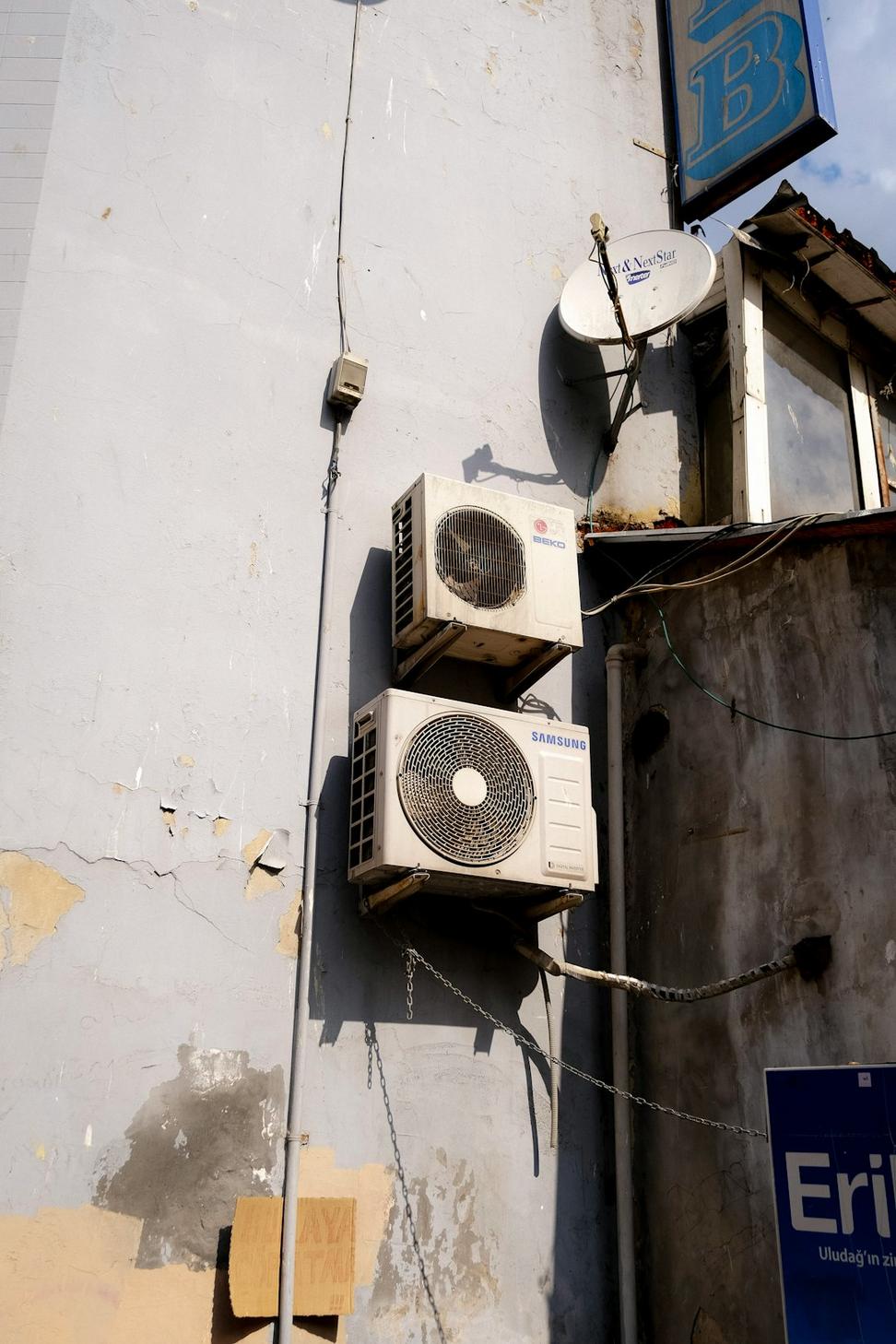
Natural ventilation, thermal mass, strategic shading, orientation - the old-school stuff that worked before HVAC. Combined with modern tech, it's unbeatable.

Rainwater harvesting, greywater systems, low-flow fixtures - water's getting scarce and expensive. We design systems that cut usage by half or more.
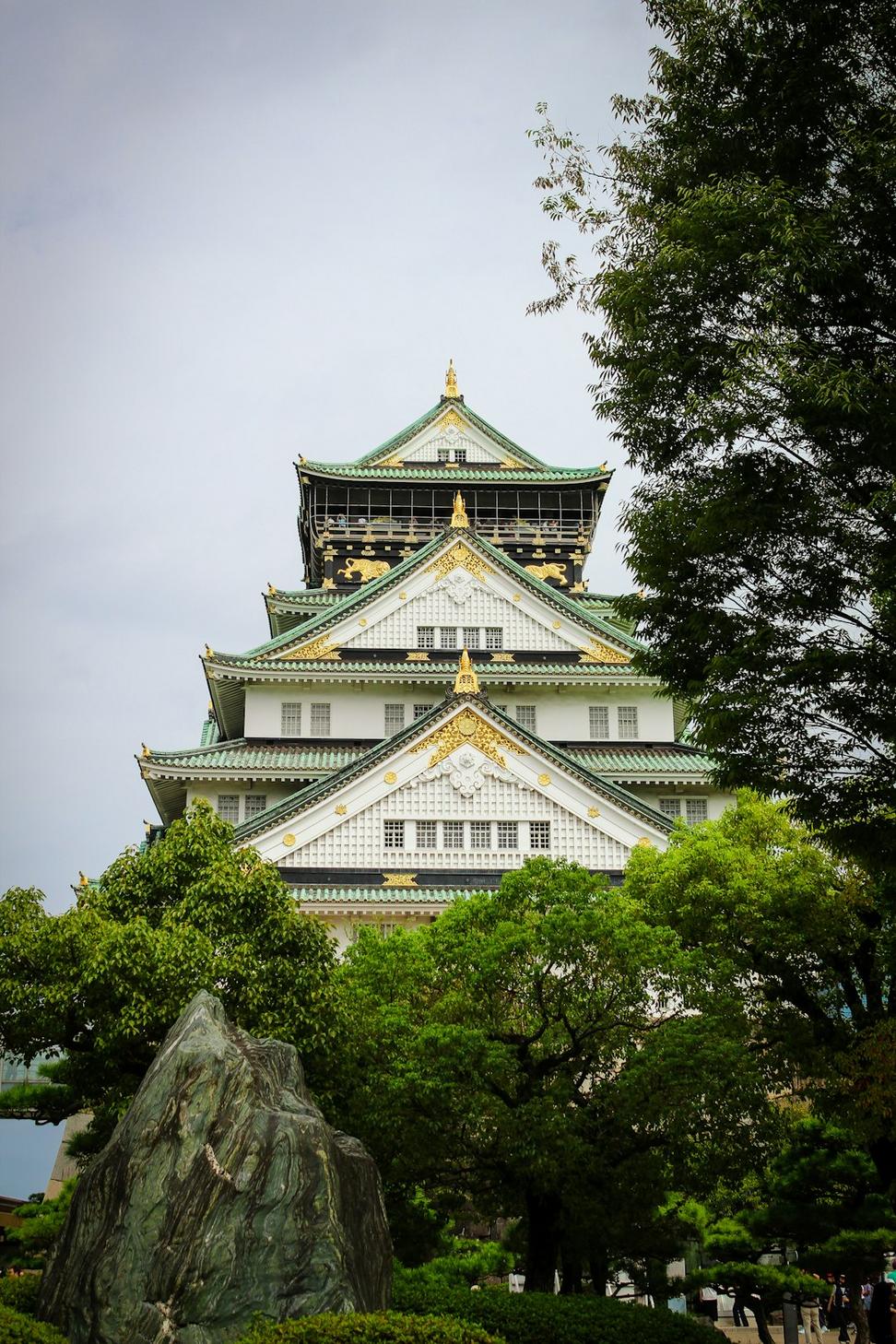
Living roofs aren't just pretty - they insulate, manage stormwater, reduce urban heat island effect, and create habitat. Plus they last way longer than regular roofs.
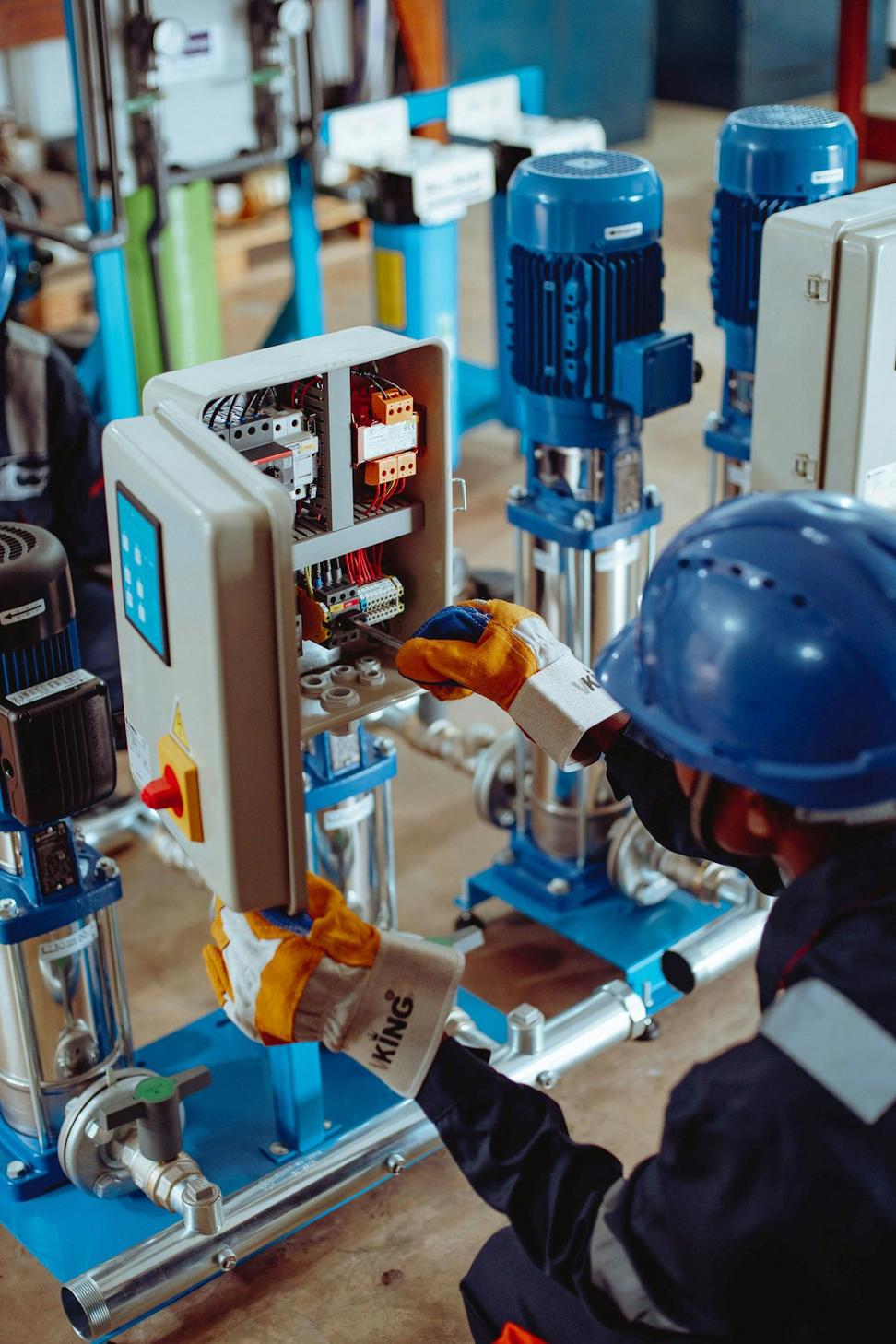
Automated systems that learn and adapt - optimizing energy use based on occupancy, weather, time of day. The building basically runs itself efficiently.